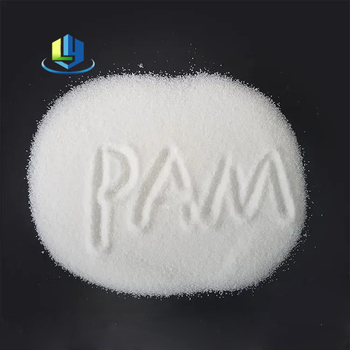Working Principle of Polyacrylamide

Polyacrylamide molecular has a long chain, so that it can bridge between the two particles to accelerate the settlement of particles. It is a good flocculant.
Polyacrylamide and its derivatives are manufactured by free radical polymerization of acrylamide. According to the dispersion state of the monomer in the medium, the polymerization methods can be divided into bulk polymerization, solution polymerization, suspension polymerization and emulsion polymerization.
According to the dissolution state of monomer and polymer, homogeneous polymerization and heterogeneous polymerization are divided. Polyacrylamide products are available in three dosage forms: aqueous colloid, powder and emulsion.
Polyacrylamide is polymerized from acrylamide, and its molecular main chain has a large number of side groups - amide groups, which have high chemical activity and can react with a variety of compounds to produce many polyacrylamide derivatives.
The amide group can form a strong hydrogen bond with a variety of specific compounds, so it not only has flocculation, thickening, surface activity and other properties, but also can be converted into a polymer containing carboxyl group through its amide hydrolysis, becoming anionic polyacrylamide, polyacrylamide and formaldehyde reaction to generate hydroxymethylated polyacrylamide, is an important crosslinked monomer.
